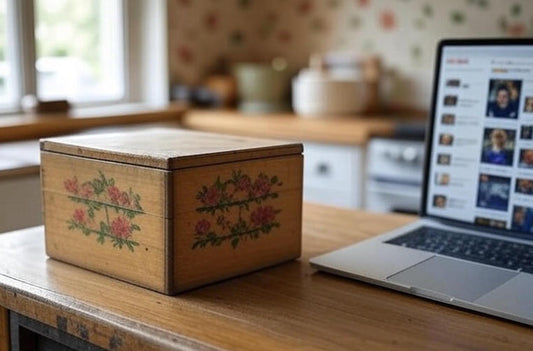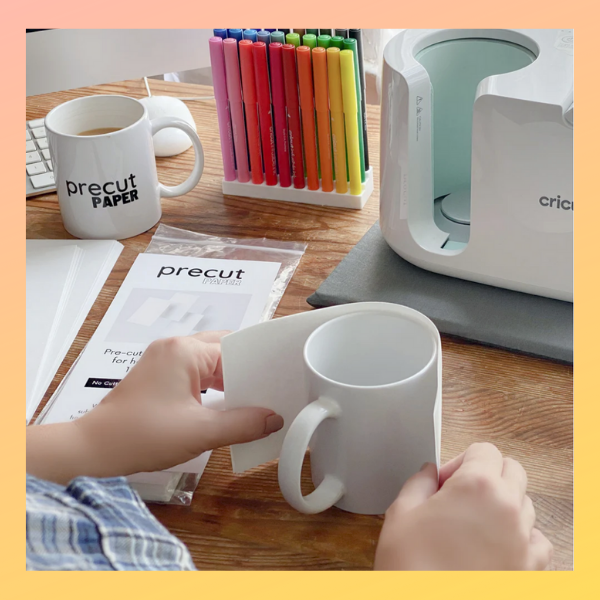
Transform Your Kitchen Scraps: The Home Baker's Guide to Upcycled Ingredients
Babette PepajTurning waste into wonder, one recipe at a time
What Are Upcycled Ingredients?
Upcycled ingredients represent a revolutionary approach to cooking that transforms would-be food waste into valuable, nutritious components for your baking and cooking adventures. Rather than tossing those banana peels, apple cores, or leftover sourdough starter, upcycling gives these ingredients a second life as flavorful additions to new recipes.
The Upcycled Food Association defines upcycled foods as those made from ingredients that otherwise would not have gone to human consumption, are procured and produced using verifiable supply chains, and have a positive impact on the environment. For home bakers, this means looking at your kitchen scraps with fresh eyes and creative possibilities.
Not sure what ingredients can be upcycled? Ask BakeBot.ai!
Why Upcycle in Your Home Kitchen?
Environmental Impact: Food waste accounts for roughly 30-40% of the US food supply. By upcycling ingredients at home, you're directly reducing your household's contribution to landfills while maximizing the value of your grocery purchases.
Economic Benefits: Transform ingredients you've already purchased into new culinary creations, effectively stretching your food budget further.
Nutritional Advantages: Many discarded parts of fruits and vegetables contain concentrated nutrients. Citrus peels, for instance, contain more vitamin C than the flesh, while vegetable stems often pack intense flavors and fiber.
Creative Cooking: Upcycling challenges you to think differently about ingredients, leading to innovative flavor combinations and unique baking experiments.
Top Upcycled Ingredients for Home Bakers
Fruit-Based Upcycles
Citrus Peels: Orange, lemon, and lime zests add bright, aromatic notes to cookies, cakes, and breads. Candied peels become elegant garnishes or mix-ins for chocolates and pastries.
BakeBot Tip: Dry citrus peels at low temperature (200°F) for 2-3 hours, then pulse in a food processor for homemade citrus powder that intensifies flavors without adding moisture.
Banana Peels: Rich in potassium and fiber, banana peels can be cleaned, chopped, and incorporated into muffins or smoothie breads for added nutrition and subtle earthy sweetness.
Apple Cores and Peels: Transform into apple cider vinegar for sourdough maintenance, or dehydrate and grind into apple powder for natural sweetening and flavor enhancement.
Vegetable Transformations
Vegetable Scraps: Onion skins, carrot tops, and herb stems create flavorful broths that can replace water in bread recipes, adding depth and complexity to your bakes.
Beet Greens and Stems: These colorful additions can be dehydrated and ground into natural food coloring for frostings and doughs.
Cauliflower Leaves: Often discarded, these leaves can be dehydrated and ground into a nutrient-dense flour substitute for gluten-free baking.
Grain and Dairy Upcycles
Spent Grain: If you brew beer or make plant-based milks at home, the leftover grain pulp makes excellent additions to breads, crackers, and granola bars.
Whey: The liquid byproduct from cheese-making or Greek yogurt straining can replace water or milk in bread recipes, adding protein and tangy flavor.
Sourdough Discard: Instead of throwing away excess starter, use it in pancakes, crackers, pizza dough, or quick breads for complex, fermented flavors.
Practical Upcycling Techniques for Home Cooks
Dehydration Method
Set your oven to its lowest temperature (typically 170-200°F) and dry fruit peels, vegetable scraps, or herb stems until crispy. Store in airtight containers and grind as needed for seasoning powders.
Fermentation Approach
Use vegetable scraps to create flavored vinegars or incorporate them into existing fermentation projects like kimchi or sauerkraut.
Infusion Technique
Steep fruit peels or herb stems in oils, vinegars, or syrups to extract their essence for flavoring baked goods.
Pulverization Process
Clean, dry, and grind fibrous scraps into flours or powders that can partially replace conventional ingredients in recipes.
Safety Considerations
Proper Cleaning: Always thoroughly wash fruits and vegetables before upcycling, especially if using peels or skins.
Organic When Possible: For ingredients where you'll be using the entire item (including peels), organic produce reduces exposure to pesticide residues.
Storage Guidelines: Properly dry and store upcycled ingredients to prevent mold and maintain food safety.
Know What to Avoid: Some peels and parts aren't suitable for consumption (like rhubarb leaves or potato green spots).
Recipe Ideas to Get Started
Citrus Peel Sugar (Recipe)
Blend dried citrus peels with granulated sugar for an aromatic sweetener perfect for cookies and cakes.
Vegetable Scrap Broth Bread (Recipe)
Replace water in your favorite bread recipe with homemade vegetable broth for enhanced flavor and nutrition.
Banana Peel Chocolate Chip Muffins (Recipe)
Incorporate cleaned, chopped banana peels into muffin batter for added fiber and subtle sweetness.
Apple Core Cinnamon Rolls (Recipe)
Use apple core-infused syrup as a glaze for cinnamon rolls, maximizing apple flavor while minimizing waste.
Making Upcycling a Kitchen Habit
Start small by designating a container in your refrigerator for collecting suitable scraps throughout the week. Set aside time weekly to process these ingredients into shelf-stable additions for your pantry.
Consider the flavor profiles of your scraps and how they might complement your regular baking repertoire. Keep a notebook of successful experiments and flavor combinations that work well.
The Future of Upcycled Baking
As awareness grows about food waste and environmental impact, upcycled ingredients are moving from necessity to innovation. Home bakers are perfectly positioned to be pioneers in this movement, creating delicious solutions that benefit both their families and the planet.
The key to successful upcycling lies in viewing your kitchen scraps not as waste, but as ingredients waiting for their moment to shine. With creativity, proper technique, and food safety awareness, you can transform your baking practice into an environmentally conscious, economically smart, and deliciously innovative adventure.
Ready to start your upcycling journey? Begin with one ingredient this week and discover the hidden potential in your kitchen scraps. Your taste buds—and the planet—will thank you.
Get Upcycling recipes at BakeBot.ai and BakeSpace.com/bakebot.










